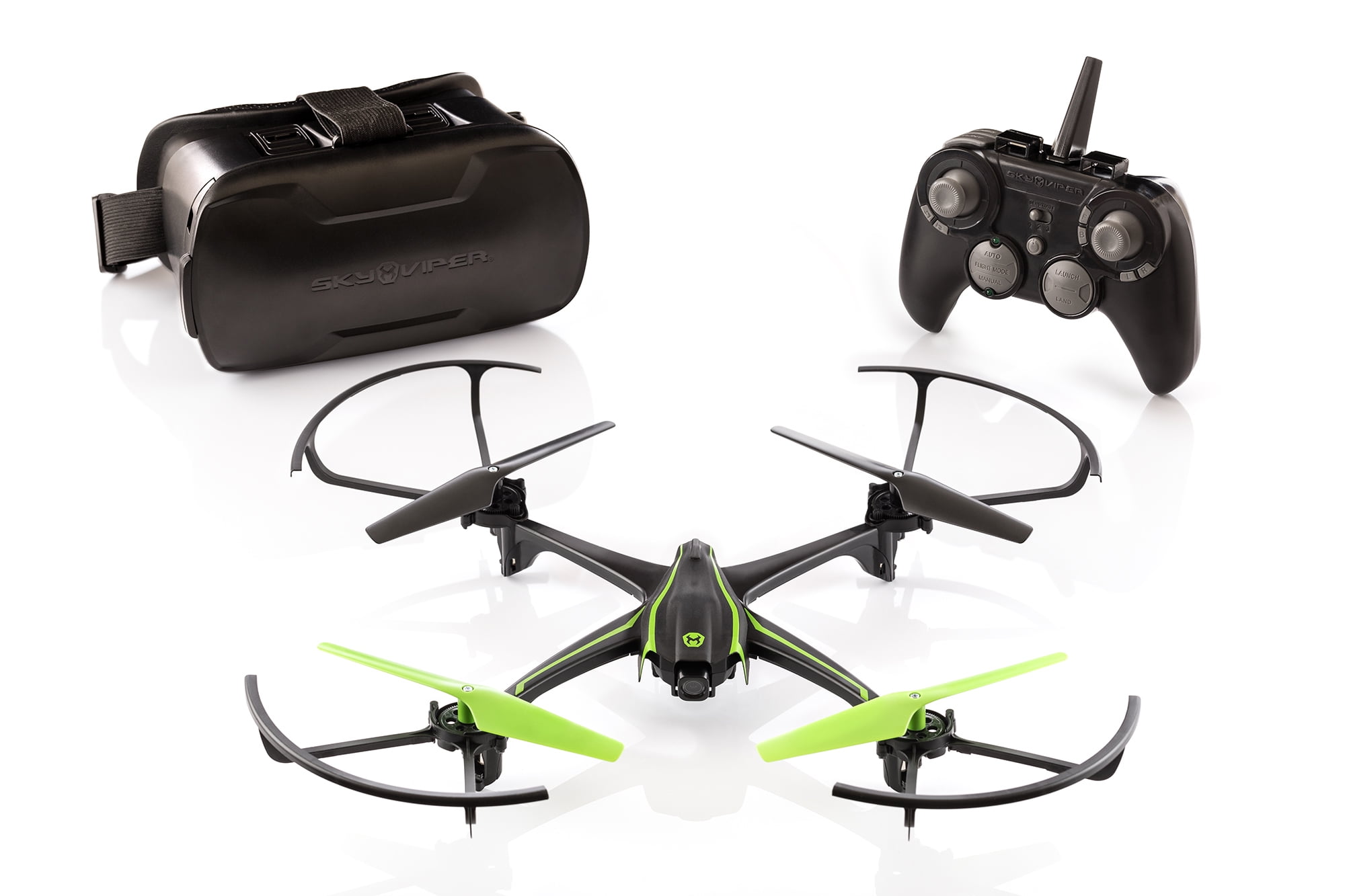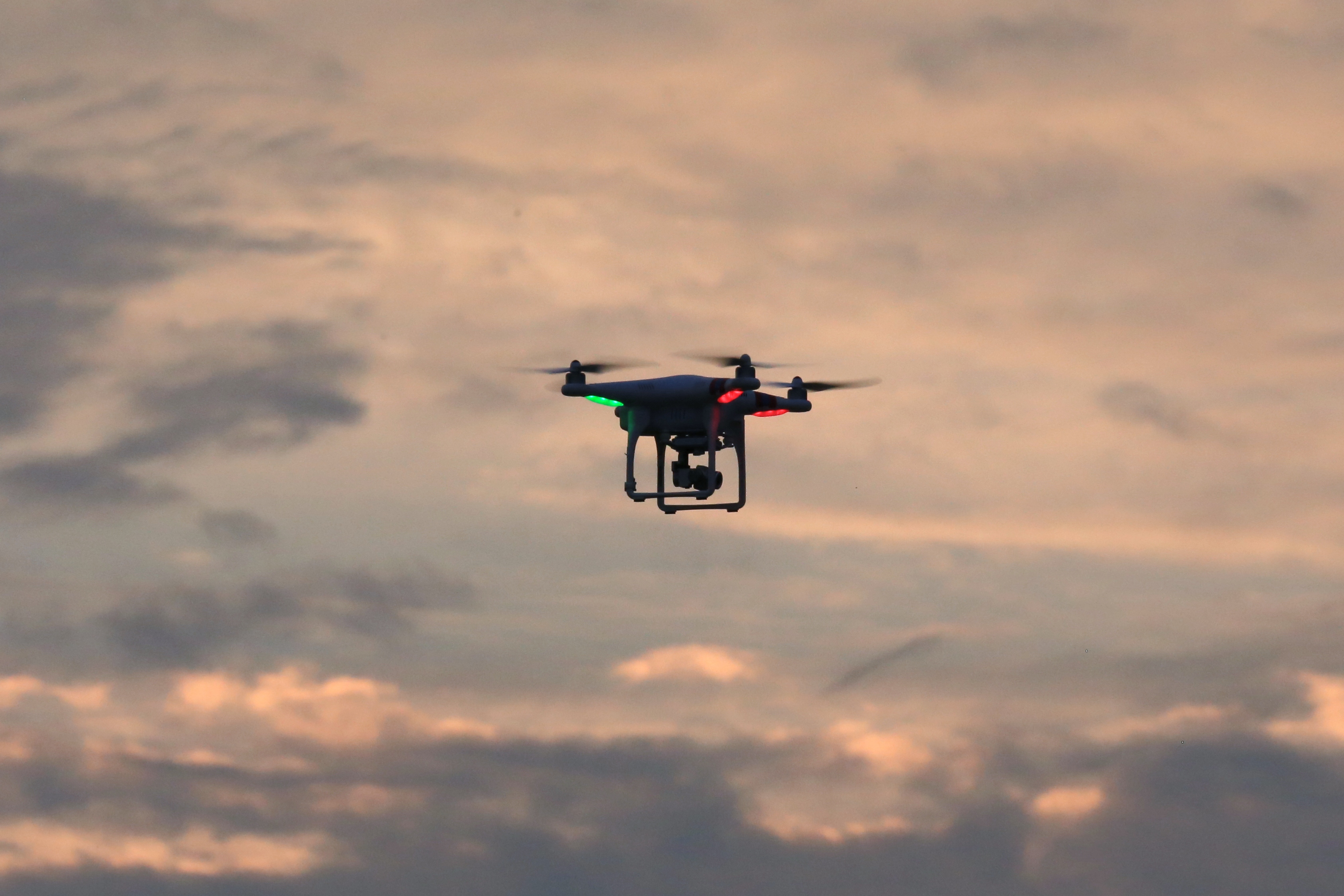Sky elements drones are revolutionizing atmospheric research. These unmanned aerial vehicles (UAVs) carry an array of sensors, collecting crucial data on temperature, pressure, humidity, and wind speed at various altitudes. This data is invaluable for improving weather forecasting, climate modeling, and understanding atmospheric phenomena. We’ll explore current applications, challenges, future innovations, and illustrative examples of how drones are reshaping our understanding of the sky.
From monitoring cloud formation to measuring wind shear, drones offer unprecedented access to atmospheric data. Their agility and flexibility allow researchers to collect highly localized data, filling gaps left by traditional methods. However, challenges remain, including navigating extreme weather, managing battery life, and ensuring data accuracy. This exploration will cover these hurdles and the innovative solutions being developed to overcome them.
Sky Elements Drones: Current Applications, Challenges, and Future Innovations
Drones are rapidly transforming atmospheric research, offering a cost-effective and flexible platform for collecting high-resolution data on various sky elements. This technology allows scientists to gather information previously inaccessible or difficult to obtain, leading to significant advancements in weather forecasting, climate modeling, and our overall understanding of atmospheric processes.
Sky elements drones are becoming increasingly popular, but safety is paramount. Recent incidents highlight the need for careful operation, like the unfortunate drone crash in Paris which underscored the importance of following regulations and best practices. Understanding these factors is key to responsible use of sky elements drones and preventing future accidents.
Current Drone Applications in Atmospheric Research
Drones are currently used extensively in atmospheric research for data collection. Their maneuverability allows for targeted sampling in specific atmospheric layers or locations, providing valuable insights into various atmospheric phenomena.
Sky Elements drones are known for their robust design and advanced features, but even the best tech can have issues. For example, check out this news report about a drone crash in Paris to see what can go wrong. Understanding incidents like this helps Sky Elements improve safety protocols and further refine their already impressive drone technology.
- Data Collection: Drones equipped with diverse sensors collect data on temperature, pressure, humidity, wind speed and direction, precipitation, and atmospheric composition.
- Weather Forecasting: Real-time data from drones enhances the accuracy of numerical weather prediction (NWP) models, especially for localized weather events like thunderstorms or microbursts.
- Climate Modeling: Drone-collected data on atmospheric profiles contributes to the refinement of climate models, improving our understanding of long-term climate change and its regional impacts.
- Cloud Studies: Drones are instrumental in studying cloud formation, microphysics, and their radiative properties, contributing to better cloud parameterization in climate models.
Types of Sensors Used in Sky Element Analysis
A variety of sensors are integrated into drones for atmospheric research, each measuring specific sky elements.
- Temperature and Humidity Sensors: These provide crucial data on atmospheric stability and moisture content.
- Pressure Sensors: Used to determine altitude and atmospheric pressure, essential for understanding vertical atmospheric structure.
- Anemometers: Measure wind speed and direction, vital for understanding atmospheric dynamics and air pollution dispersion.
- GPS and IMU: Provide precise location and orientation data, critical for accurate data georeferencing.
- Spectrometers: Analyze atmospheric composition, measuring concentrations of gases like ozone, carbon dioxide, and pollutants.
Drone Platforms and Suitability for Atmospheric Research

The choice of drone platform depends on the specific research task and required capabilities. Different drones offer varying payload capacities, flight times, ranges, and sensor compatibility.
| Drone Platform | Payload Capacity (kg) | Flight Time (min) | Range (km) | Sensor Compatibility |
|---|---|---|---|---|
| DJI Matrice 300 RTK | 2.7 | 55 | 15 | Wide range, including high-resolution cameras, LiDAR, and various environmental sensors |
| Autel EVO II Pro | 1.2 | 40 | 9 | Cameras, thermal cameras, and some environmental sensors |
| Custom-built Research Drone | Variable | Variable | Variable | Highly customizable, allowing integration of specialized sensors for specific research needs. |
Challenges and Limitations of Using Drones for Sky Element Research
Despite their advantages, using drones for atmospheric research presents several challenges.
- Extreme Weather Conditions: High winds, storms, and precipitation can severely limit drone operation, affecting data acquisition and potentially causing damage to the equipment.
- Battery Life and Range: Limited battery life and range restrict the duration and spatial extent of data collection, especially for large-scale atmospheric phenomena.
- Safety Risks: Drone operation requires adherence to strict safety protocols to prevent accidents, especially near infrastructure and populated areas.
- Data Processing Challenges: Large datasets require efficient processing techniques to ensure data accuracy and reliability. This includes calibration, noise reduction, and data assimilation into atmospheric models.
Future Developments and Innovations in Drone Technology, Sky elements drones

Ongoing advancements in drone technology promise to overcome many current limitations.
- Next-Generation Drone System: A conceptual next-generation drone system would feature extended flight times through hybrid propulsion (e.g., solar power), enhanced sensor capabilities for more comprehensive data acquisition, and advanced AI-powered image processing for automated data analysis.
- Improved Sensors: Miniaturization and enhanced sensitivity of sensors will allow for more accurate and detailed measurements of atmospheric parameters.
- AI-Powered Image Processing: AI algorithms can automate data processing, reducing the time and effort required for analysis.
- Integration with Other Systems: Combining drone data with data from satellites and weather stations will provide a more comprehensive understanding of atmospheric processes.
Ethical considerations for drone use in atmospheric research include:
- Privacy concerns related to data collection over populated areas.
- Environmental impact of drone operations.
- Responsible airspace management to avoid collisions with other aircraft.
- Data ownership and sharing protocols.
Illustrative Examples of Drone-Based Sky Element Studies

Hypothetical studies highlight the potential of drones in atmospheric research.
- Cloud Formation and Dissipation: A study could deploy drones equipped with cameras and sensors to monitor the formation and dissipation of clouds over a specific region. The drones would fly through the clouds, collecting data on temperature, humidity, and aerosol concentrations. This data would be analyzed to understand the processes driving cloud evolution and their impact on precipitation.
- 3D Visualization of Atmospheric Parameters: Drone-collected data could be visualized in a 3D representation, showing temperature, humidity, and wind speed profiles over a specific geographic area. A color scheme could represent different parameter values, with warmer colors indicating higher temperatures and stronger winds. This visualization would provide a comprehensive overview of the atmospheric conditions within the study area.
- Improving Weather Forecasting: Drone data on atmospheric conditions during a severe weather event, such as a thunderstorm, could be assimilated into weather forecasting models. This real-time data could significantly improve the accuracy of predictions, leading to better warnings and preparedness.
Final Review

Sky elements drones are transforming how we study our atmosphere. While challenges persist, the potential benefits—from more accurate weather forecasts to a deeper understanding of climate change—are immense. Continued advancements in drone technology, sensor capabilities, and data analysis techniques promise to unlock even more insights into the complexities of our skies. The future of atmospheric research is taking flight, one drone mission at a time.
Q&A: Sky Elements Drones
How long can drones stay aloft during atmospheric research?
Flight time varies greatly depending on the drone model and payload. Some smaller drones might fly for 20-30 minutes, while larger, more specialized drones can achieve flight times of several hours.
Sky elements drones are becoming increasingly sophisticated, offering amazing aerial displays. Want to see some truly impressive drone choreography? Check out the spectacular visuals at the orlando drone show , a great example of what’s possible with advanced drone technology. Then, consider how these advancements could influence future sky elements drone designs and performances.
What safety regulations govern drone use in atmospheric research?
Regulations vary by country and region. Researchers must obtain necessary permits and adhere to airspace restrictions to ensure safe and legal operation. Contact your local aviation authority for specific requirements.
How is data collected by drones processed and analyzed?
Data is typically downloaded after the flight and processed using specialized software. This often involves cleaning, calibrating, and analyzing the data to ensure accuracy and reliability. Advanced techniques like machine learning are increasingly used for data interpretation.
What are the environmental impacts of using drones for atmospheric research?
The environmental impact is generally low, but considerations include battery disposal and potential noise pollution. Researchers strive to minimize their footprint by using sustainable practices and choosing efficient drone models.